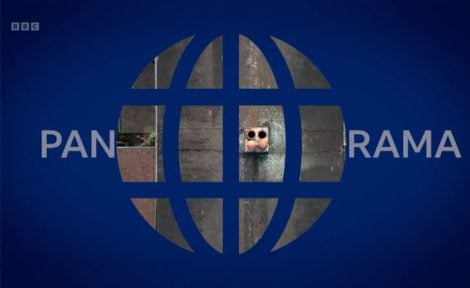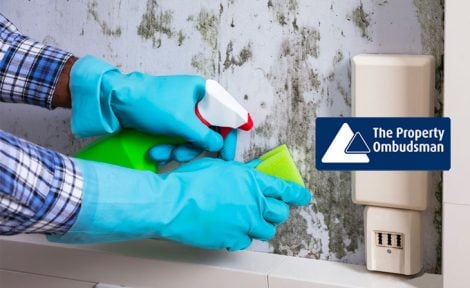Scottish landlords demand clarity on damp and mould rules
Housing industry calls for clearer definitions as new reporting rules threaten hefty fines for landlords north of the border.

Scotland’s big landlords are demanding urgent clarity on what constitutes reportable damp and mould amid fears that new performance indicators due from April next year and the incoming Awaab’s Law could lead to substantial fines for minor infringements.
The law will apply to social housing first before extending to the private rented sector, with fines up to £30,000 for breaching the rules.
Graeme Reid (pictured), Managing Director of JMP Surveyors, raised the issue at the Scottish Federation of Housing Associations conference. He says his surveyors find evidence of damp or mould in most properties they inspect, but that there’s no clear guidance on what should actually be reported.
We see condensation which is solved by an application of a wet cloth.”
He told Inside Housing: “If my surveyors recorded eveary single presence of any evidence of any damp, mould or condensation in the properties they looked at…it’s significant. We see condensation, which is solved by an application of a wet cloth across a windowsill, right up to some significant problems.”
Reid also discussed the issue at the conference with Nicola Harcus, assistant director of regulation at the Scottish Housing Regulator. Acknowledging the problem, she said the regulator had: “Tried to pave a way for putting an absolute definition on it.”
Base definition needed
And added: “What we’re trying to do is just establish a base. That first year will be quite interesting to see what that base looks like.”
Scotland is introducing three new damp and mould performance indicators for social housing next year, but the lack of clear definitions could also soon create similar problems for private landlords.
Data collection on the new indicators, however, starts in April with reporting due next May. The regulator then plans to review the indicators after the first year and could then conduct a review into how landlords prevent and resolve cases.










